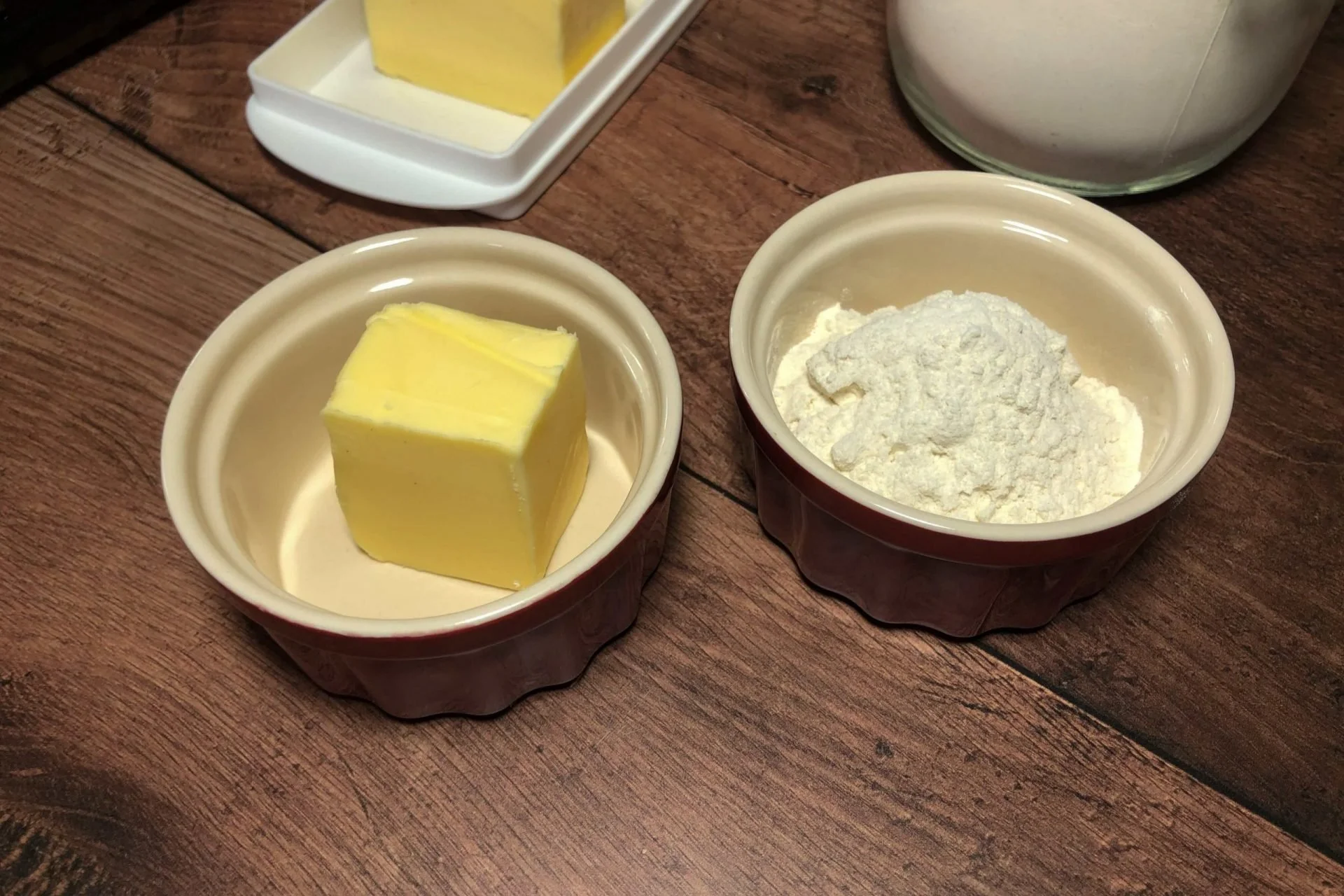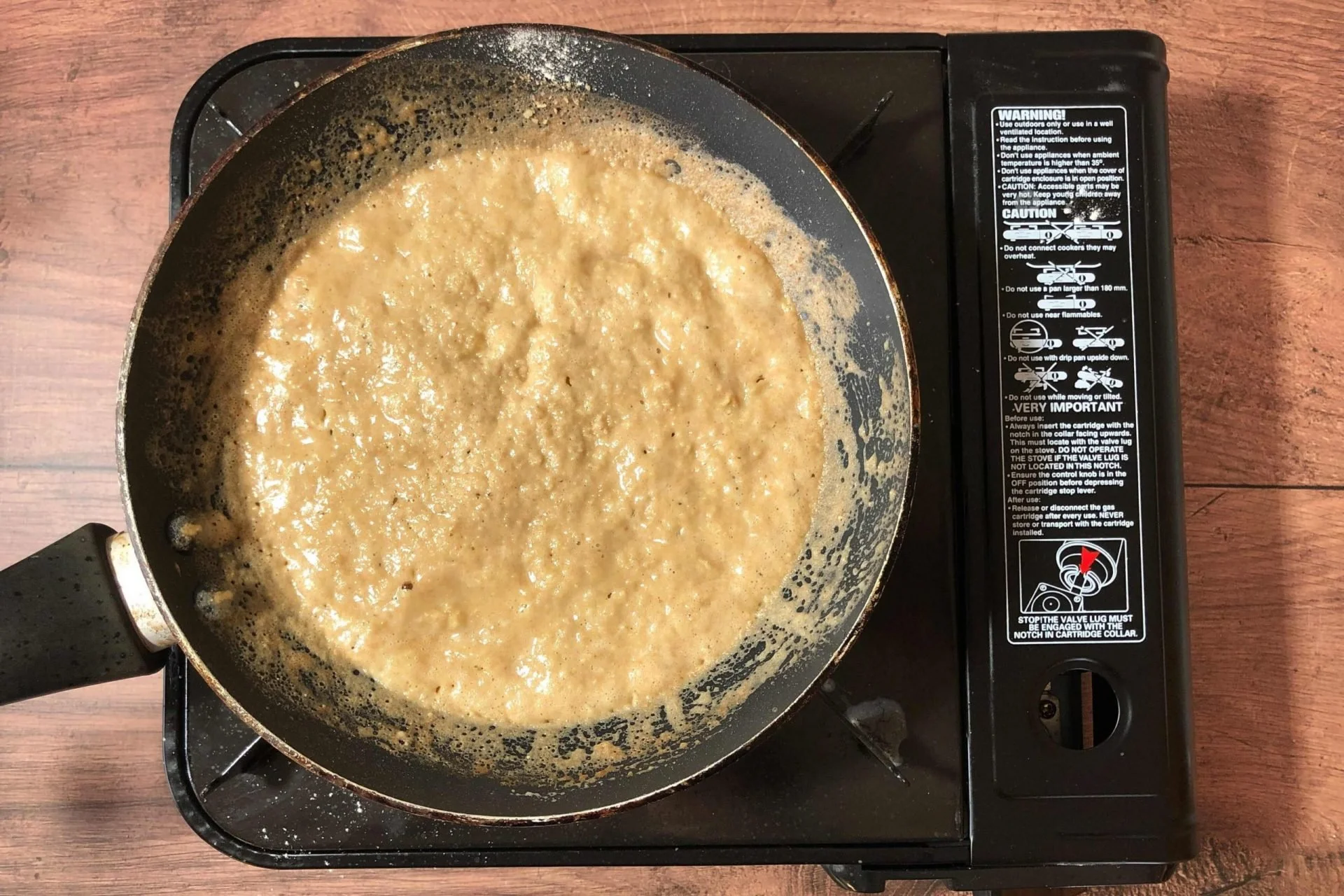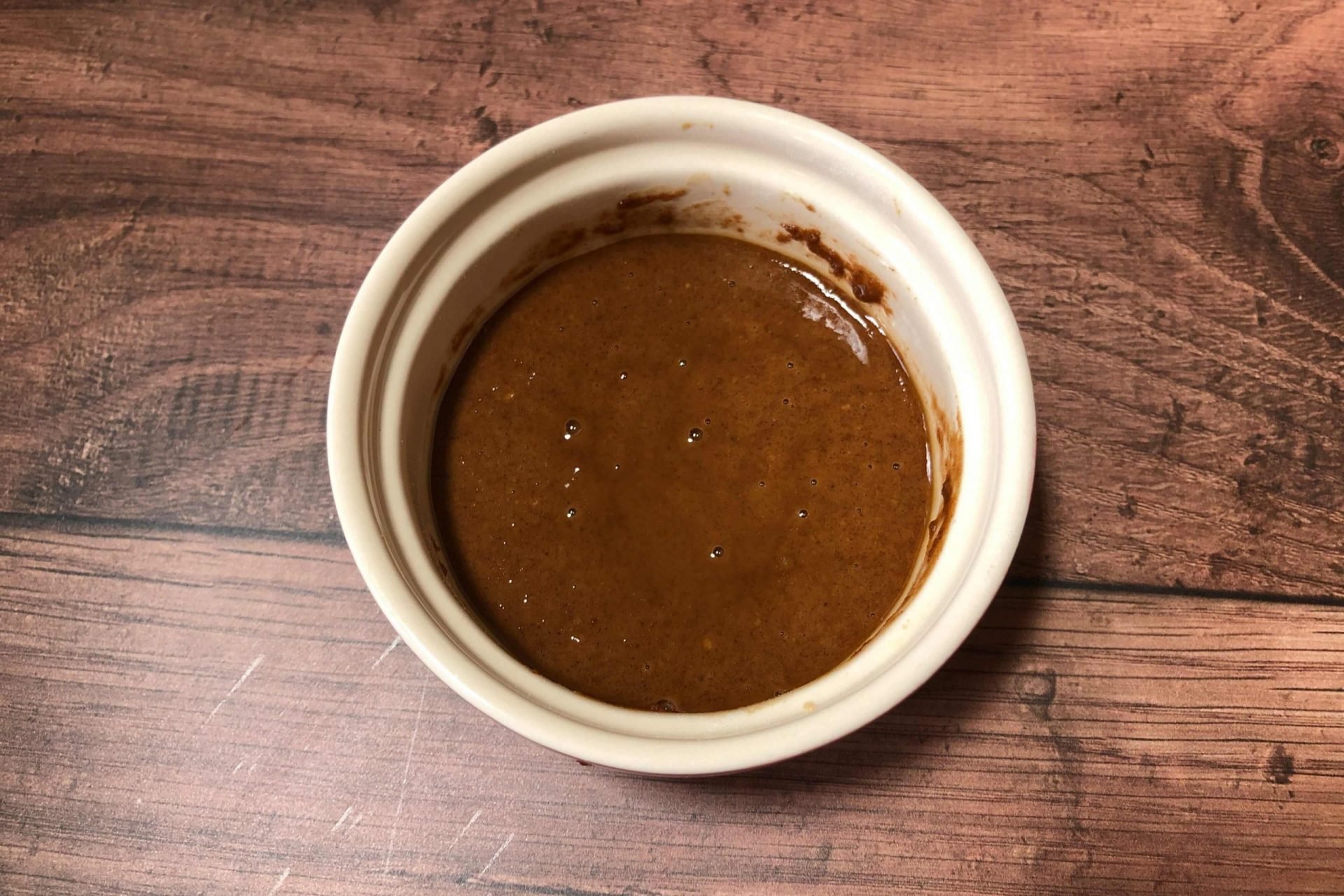How to Make a Roux
Discover > Texas Home Cooking > How to Make a Roux
What Is Roux?
Roux is a classic French technique invented in the 17th century that revolutionized cooking. It's made with flour (how long does flour last?) and fat, normally in equal parts by weight, gently fried in a pot or pan. The flour is added to heated fat then blended until smooth, and cooked to the desired darkness. It provides a base for many sauces, gravies, soups, and stews. Not just in France either. Roux is part of the base for many classic Creole and Cajun dishes like gumbo and étouffée.
Types of Roux
There are three stages of roux classified by their color and thickening power. White roux is made with butter (how long does butter last?), cooked for 2-3 minutes, has lots of thickening powder, and does not provide a lot of flavor. Blond roux is also typically made with butter however is toasted for 5-6 minutes on low heat. Brown, used commonly in Cajun and Creole cuisines, is normally made from high smoke point cooking oils. Some traditional cajun and creole techniques call recipes to be cooked for up to 45 minutes. This has to be done on very low heat to avoid burning. Burnt roux resembles the consistency of soggy coffee grains and leaves an unsavory burnt flavor. Dark roux done correctly provides additional nuttiness and richness to a dish as the flour is fried further.
White & Blond Roux
Light roux provides little flavor to a dish and is used mainly as a thicker in a lot of soups, sauces, and gravies. It's made by melting butter on low heat in a skillet them whisking in an equal amount of flour by weight. The longer it is fried in the butter the nuttier and richer the roux will become. It is fried for up to 5 minutes on low heat (to avoid burning) whisking constantly.
Dark Roux
Also known as peanut butter (how long does peanut butter last?), or chocolate roux depending on their shade and who you ask. Dark roux is made with vegetable oil made as they have a lower smoke point and burning temperature. On the flip side, Dark roux also has less thickening power than lighter variations.
Cretan Staka is a type of roux particular to Cretan cuisine. Prepared by cooking sheep’s milk cream over a low flame with wheat flour or starch. It is served hot and generally with bread to dip and occasionally over french fries.
Uses For Roux
In French Cuisine, butter is almost always used as fat for a roux. It is used in the three French mother sauces béchamel, veolouteé, and Espagnole sauce.
Cajun and creole recipes often call for bacon fat or other animal fats to be cooked into a darker, more flavorful roux for gumbo and other stews. Some Creole chefs have experimented with toasting flour in a frying pan without oil as an addition to gumbo.
In Japan, they add yellow curry powder to roux made from butter or oil and flour. The French term roux has become a loanword in Japanese, rū (ルー), or more specifically karērū (カレールー, curry roux).
Swabian(southwest German) cuisine uses a darker version for its ‘braune Brühe’ or beef broth (how long does beef broth last?) which in its simplest form, consists of lard, flour, and water. Seasoned with bay leaves and salt.
The Science Behind Roux
Whenever starch molecules come into contact with liquid they absorb water and swell to thicken a mixture. It also makes them bind to each other creating clumps. This is why we fry roux in fat first. Fat makes it difficult for the molecules to bind leaving a smooth thickener that also gives richness.
Alternatives for Roux
Over the years several other thickeners have been discovered and created. Intolerance and taste preferences could make you want to take a slightly alternative route to regular roux, here are some alternatives used by chefs all around the world:
A mixture of wheat flour and cold water is one of the most common. This is known as “cowboy” roux, or in more recent years; whitewash. Whitewash is added to food products to thicken, the downside is that the heat from the water alone is not enough to eliminate the taste of flour, which is why many chefs swear against the method, as it would tarnish the resulting flavor of a dish. Cornstarch (how long does cornstarch last?) can be used in place of wheat flour and leaves a shinier sauce
Cornstarch mixed with water, arrowroot, tapioca, rice flour (how long does rice flour last?), and many other foods that consist mainly of starches can also be used in place of roux. The perks of all these items are that they will thicken, but not add flavor to the end dish.
Hydrocolloids
In recent years many chefs have turned to a naturally occurring group of chemicals called hydrocolloids. Hydrocolloids are a group of ling chain polymers characterized by their property of forming viscous dispersions when dispersed in water. In addition to being flavorless and having the ability to thicken, the resulting texture of a dish containing these hydrocolloids is thought to be superior, and only a small amount is required for the desired effect.





